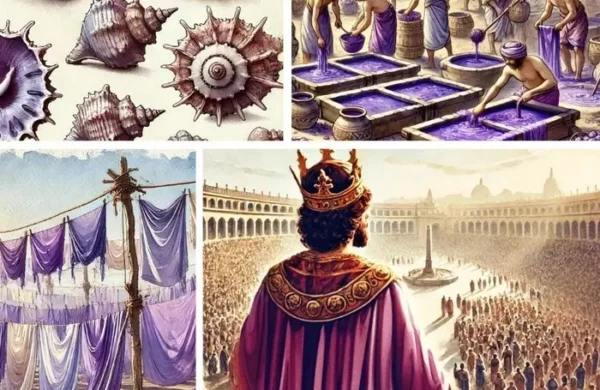
The color purple holds deep significance during Lent, symbolizing royalty, humility, and the suffering of Christ. Historically reserved for the powerful, purple dye was labor-intensive to produce, making it a mark of authority. Today, it serves as a reminder of Jesus’ kingship and the sacrifices made during his Passion. As we reflect on this color, we are called to embrace our struggles and prepare for the resurrection that awaits us.
Like this:
Like Loading...
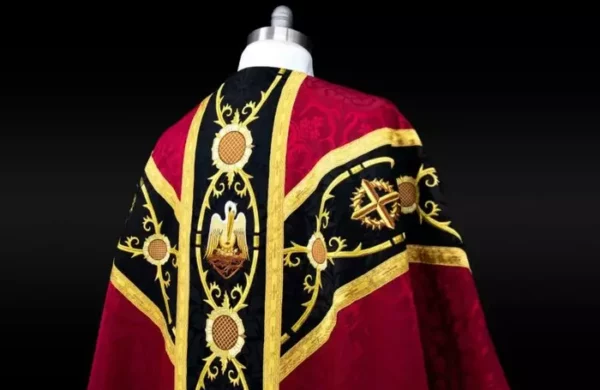
The church symbol of the pelican was first used in the British 12th century as the bird was believed to be a perfect example of the great sacrifice that our Lord made for us. It awakens the spirit of charity towards others and reminds us of the generosity of our Lord, the great redeemer. Therefore, the image of the pelican is a strong reminder that ties us to our faith and a universal symbol that joins the Christian community together.
Like this:
Like Loading...
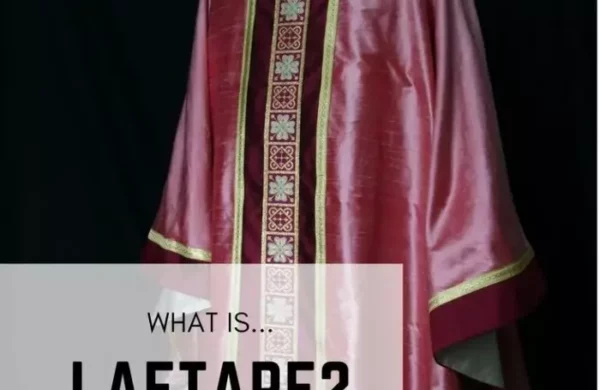
The word Laetare means “rejoice” in the Latin text of the word. Laetare was ultimately decided to be the name for this Sunday of rejoicing and celebration from the Latin text of the scripture verses found in the 66th chapter of the book of Isaiah.
The six-week season of Lent is overall a time of solemn and somber fasting spent in penance and preparation for the coming of Easter Sunday.
Like this:
Like Loading...
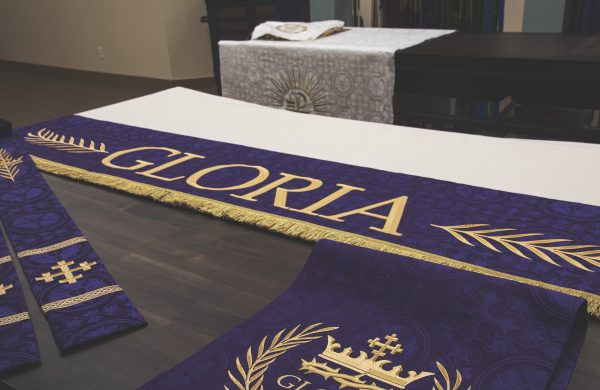
What are the symbols of Lent: Penitence to hope?
Ashes are probably one of the more recognizable symbols of Lent.
Churches that observe this, use purple vestments during Lent season.
Pretzels a Lenten treat that fits the dietary restrictions while reminding us to pray.
Fish on Friday and giving money during Lent.
What other symbols do you commonly see during this time of year in your church or in churches you have visited?
Like this:
Like Loading...
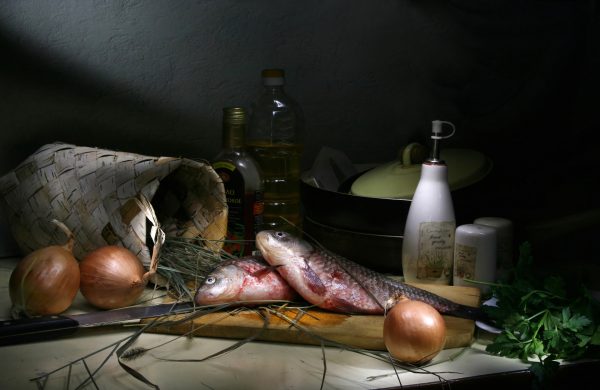
Fasting on Friday has been encouraged for a long time. But why Friday?
Eating fish on Friday is more or less a part of your upbringing.
Tradition tells us that this is the day when Jesus was crucified, and the idea is we’re giving up meat in remembrance of His sacrifice for us.
Like this:
Like Loading...
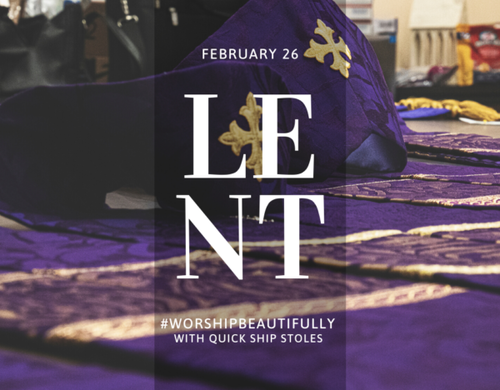
Purple in Lent symbolizes the royalty of Christ, His sacrificial death, and the season’s connection to Passover. The color, historically associated with royalty, was used mockingly on Jesus during His passion, emphasizing His royal dignity. Additionally, purple signifies the sorrowful nature of sins and the sacrifice made for redemption. Linguistically, “Lent” means “lengthen,” indicating its timing as days lengthen with the approach of spring and the season to observe Lent.
Like this:
Like Loading...
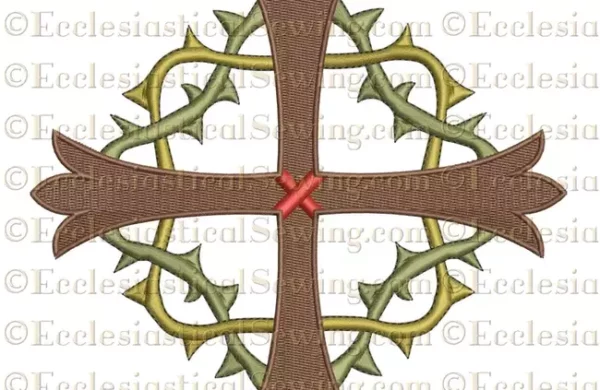
Lent is a penitential season and a time of reflection. Lent has always been a favorite season of the church year. Throughout the years – the rich tapestry of hymns reserved specifically for Lent remains vivid, as the scriptures of Christ’s Passion and Lenten hymns were forever twined together in mind. One could begin to imagine the agony Christ suffered as he prayed. Singing the hymn “Go to Dark Gethsemane” in the dim evening light of the church. It was then and still a favorite Lenten Hymn.
Like this:
Like Loading...

Many Christians today overlook historic Church traditions and vestments. Like Roman Catholic, Eastern Orthodox, Anglican, Lutheran, and Episcopalian have unique practices and materials for their vestments. Despite the beauty of these traditions, many Christians are unaware of them, similar to the limited recognition of events like Fat Tuesday. The appreciation for and celebration of these practices often involve a smaller group within the broader Christian community.
Like this:
Like Loading...
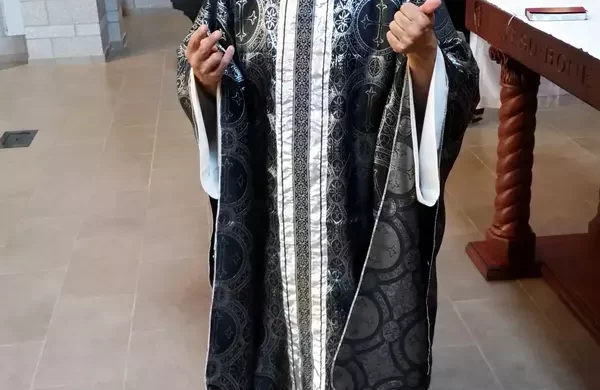
David, a dedicated reader, has been creating beautiful liturgical vestments for his priest and parish. He recently shared photos of his work, showcasing an All Souls Day chasuble and stole. The orphrey features silver lamé with two different ribbons topstitched on. David’s creativity is evident in his material choices, and he even incorporated a Dogwood Flower design in the lace of the surplice, paying tribute to North Carolina’s official state flower.
Like this:
Like Loading...
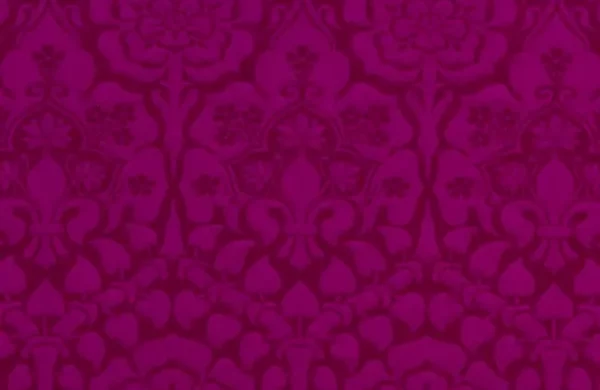
Liturgical vestments, like stoles and chasubles, need fabric with both drape and firmness to hold their shapes. Fabrics must be carefully chosen for the right weight and body. M. Perkins and Sons, with over a century of experience, create Ecclesiastical Fabrics designed specifically for making church vestments. They prioritize yarn selection, ensuring the correct spin, loft, and thickness to achieve durability and proper form.
Like this:
Like Loading...
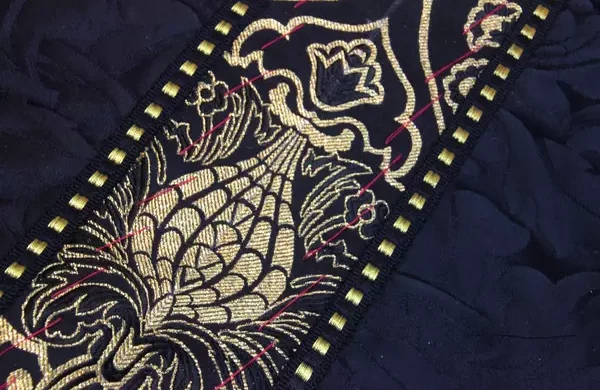
The orphrey trim for the chalice veil had been planned and cut to size and position based on the use of the black Passion Cross. The idea was to place the black motif on a gold motif so it would be more visible. The center of the orphrey was located and matched to the center of the design on the black Fairford Fabric.
Like this:
Like Loading...
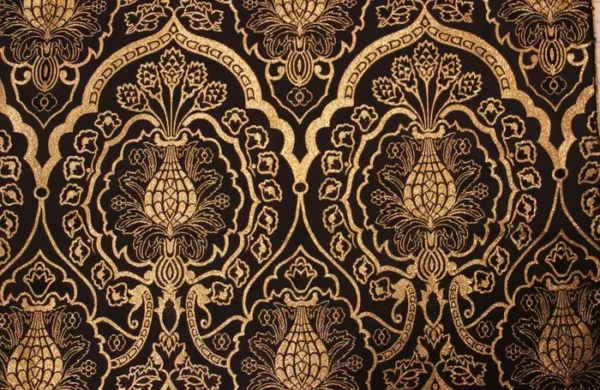
Ecclesiastical Brocatelle fabric for the Ash Wednesday and Good Friday Vestment set has a pattern repeat. But not a tiny, regular pattern repeat. It is a whopping 17″ pattern repeat. There is a tiny arrow at the point or peak of the gold border which is an Ogee pattern. This fabric also has a pattern repeated on the width which is easily determined by measuring the distance between the two black dots located at the base of the gold frame.
Like this:
Like Loading...
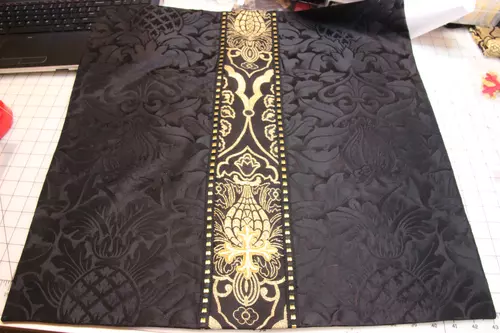
Making the Chalice Veil – a simple item to make is a chalice veil. The dimensions of the chalice veil can vary. The size used for my church is 24″ square. To keep the project simple, a plain fabric can be selected, But for now lets take a look pattern designs in the Fairford, there are two main motifs: the Pineapple and the Ogee. The pineapple motif was selected as the central motif on this chalice veil. The two crossed pins mark the center of the pineapple. The pattern design in Fairford makes it easy to match the same motif point to obtain straight and even lines for cutting.
Like this:
Like Loading...
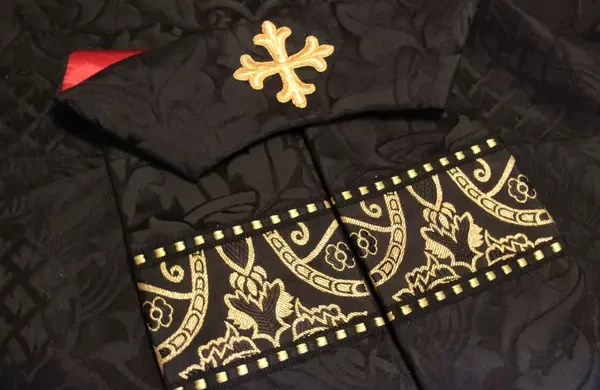
Ash Wednesday Altar Frontal and Chalice Veil Ecclesiastical Sewing Project.
Like this:
Like Loading...
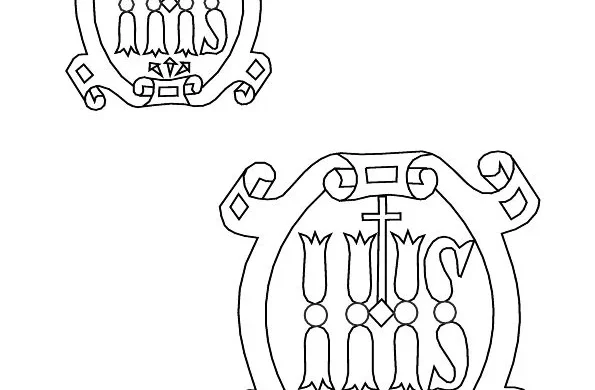
The IHS Lenten Design, taken from a detailed border pattern, offers versatility. The stylized floral elements converted into letters make an interesting stand-alone element. It can be stitched with subdued threads for Lent or with goldwork threads and silk floss for a shimmering effect, symbolizing the glory of the Resurrection. With two available sizes, this design is suitable for stoles, linens, pulpit falls, or even an altar frontal.
Like this:
Like Loading...
















You must be logged in to post a comment.